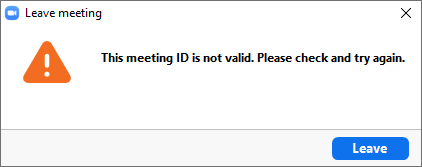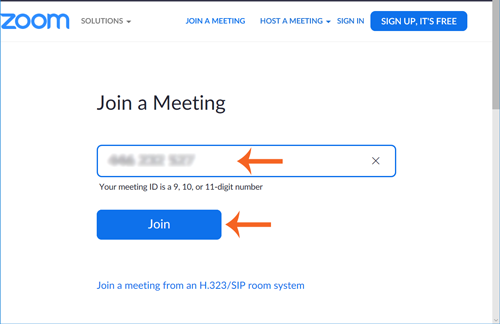
If you are following this tutorial on a Windows computer, enter the following commands in the command prompt window to setup your development environment:
The Zoomus package which is the Python client library for the Zoom REST APIĮnter the following commands in a bash terminal to complete the tasks described above. The Flask framework module for creating the web application. 
 The Twilio Python Helper Library to interact with the Twilio API. We will use python’s inbuilt venv module to create the environment and install the following packages. First, we have to create a directory for this project and create a python virtual environment in that directory. Now that we have set up the Twilio WhatsApp sandbox environment and we have active Zoom API credentials, we will start creating the application. you can find instructions to download and install ngrok here. Ngrok: ngrok allows you to securely expose your local server to the public internet.
The Twilio Python Helper Library to interact with the Twilio API. We will use python’s inbuilt venv module to create the environment and install the following packages. First, we have to create a directory for this project and create a python virtual environment in that directory. Now that we have set up the Twilio WhatsApp sandbox environment and we have active Zoom API credentials, we will start creating the application. you can find instructions to download and install ngrok here. Ngrok: ngrok allows you to securely expose your local server to the public internet.  A smartphone with an active phone number and WhatsApp account. Python installers for different versions and OS are available for download here. With a zoom account, you can create a zoom app which comes with access to their API. A Zoom Account: You need to create a free Zoom account if you do not already have one. A free twilio account comes with certain features and limitations. This will allow you to interact securely with the Twilio number assigned to you on your WhatsApp application.
A smartphone with an active phone number and WhatsApp account. Python installers for different versions and OS are available for download here. With a zoom account, you can create a zoom app which comes with access to their API. A Zoom Account: You need to create a free Zoom account if you do not already have one. A free twilio account comes with certain features and limitations. This will allow you to interact securely with the Twilio number assigned to you on your WhatsApp application. 
A Twilio Account: You need to create a free Twilio account to gain access to the WhatsApp sandbox environment.You need the following to follow along in this tutorial The bot will be built using Twilio API for WhatsApp, Zoom API and the Flask framework for Python. Some of the functions include creating or deleting a meeting and listing all upcoming meetings. In this tutorial, we are going to build a WhatsApp bot that allows you to manage your Zoom meetings.








 0 kommentar(er)
0 kommentar(er)
